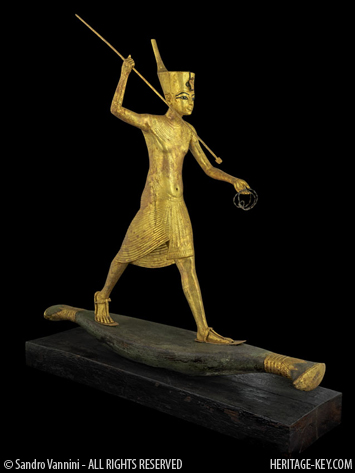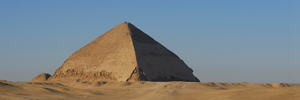 As I write this piece, we are only hours away from the opening of King Tut and the Golden Age of the Pharaohs, at the Art Gallery of Ontario, in Toronto Canada. I was at the media preview on Friday and wrote an in-depth article on what to expect.
As I write this piece, we are only hours away from the opening of King Tut and the Golden Age of the Pharaohs, at the Art Gallery of Ontario, in Toronto Canada. I was at the media preview on Friday and wrote an in-depth article on what to expect.
For me the Toronto show was the first time in my life that I saw Tuts treasures in person. Its a very remarkable experience to see them withmyown eyes andonethat Im never going to forget.
I thought I would take the opportunity to point out a few of Tutankhamun’s treasures which, for various reasons, are not part of the show.
You can see ALL the items, listed below, at King Tut Virtual. In fact, I found that taking a stroll through this virtual world, after seeing the exhibit, was a good way to round out the experience.
The Silver Trumpet
This very fragile silver trumpet was embellished with gold. It was wrapped in reeds when it was found. According to NPR it has only been played twicesince the tomb was discovered the last time being 1939. In both instances a modern day mouthpiece was used. It is currently being housed in the Egyptian Museum, Cairo.
King Tuts Golden Death Mask
With the exception of the pyramids, this artefact is probably the most well-known symbol of ancient Egypt. It no longer travels outside of the country (along with Tuts coffins) and itis currently housed in the Egyptian Museum, Cairo. Sandro Vannini has taken some exceptional photographs of the mask and here at Heritage Key you can see a 360 degree slideshow of Tutankhamun’s death mask.
The Alabaster Perfume Vase
This particular jar is kept in the Egyptian Museum, Cairo. It was dedicated to King Tut and his queen. It has a long slender neck with a vulture on top. The cool alabaster (calcite) material would have aided in keeping the perfume fresh. The figures on each side symbolize the union of Upper and Lower Egypt. Sandro Vannini’s great photographs of this artefact can be seen here.
Ceremonial Dagger and Sheath
This ceremonial weapon is currently being displayed at the San Francisco King Tut exhibit. Itwas meant forshow, not battle. Although its made with iron, the blade is decorated with granulated gold (a soft metal) and the end of the handle is made with coloured glass and semi-precious stones. Its golden sheath has a rope pattern on the front. This pattern continues onto the reverse and ends with an engraving of a jackals head.
Small Container in the Shape of a Double Cartouche
These double gold containers rest on a silver platform. Near the border of the platform the symbols for life and dominion were incised. The god Heh (a god that represents infinity) is depicted on the object. She is kneeling on a basket and grasping a palm brand. This object is located at the Egyptian Museum, Cairo. See it in detail in this slideshow.
King Tuts Coffins
The three coffins, that held King Tuts body, no longer leave Egypt. Tut’s corpse doesn’t travel outside of Egypt either. Stephen Byrne has a detailed article on the design of the coffins. The third, and final, coffin is the most famous and is made out of solid gold. They are currently in the Egyptian Museum, Cairo. These coffins, along with Tutankhamuns funerary mask and other treasures, will be housed in the GEM museum when it opens in 2013.
Have you visited King Tut at the AGO? How did you like the exhibition? And do you agree with us that a visit to King Tut Virtual afterwards, to study the Boy King’s death mask and other treasures is a nice addition to your experience? Is the ‘King Tut and the Golden Age of the Pharaohs’ a once-in-a-lifetime experience, or will you return to get another dose of King Tut’s treasures? If you want more information on Pharoah Tutankhamun, visit our handy overview page for in-depth articles and the latest news.




